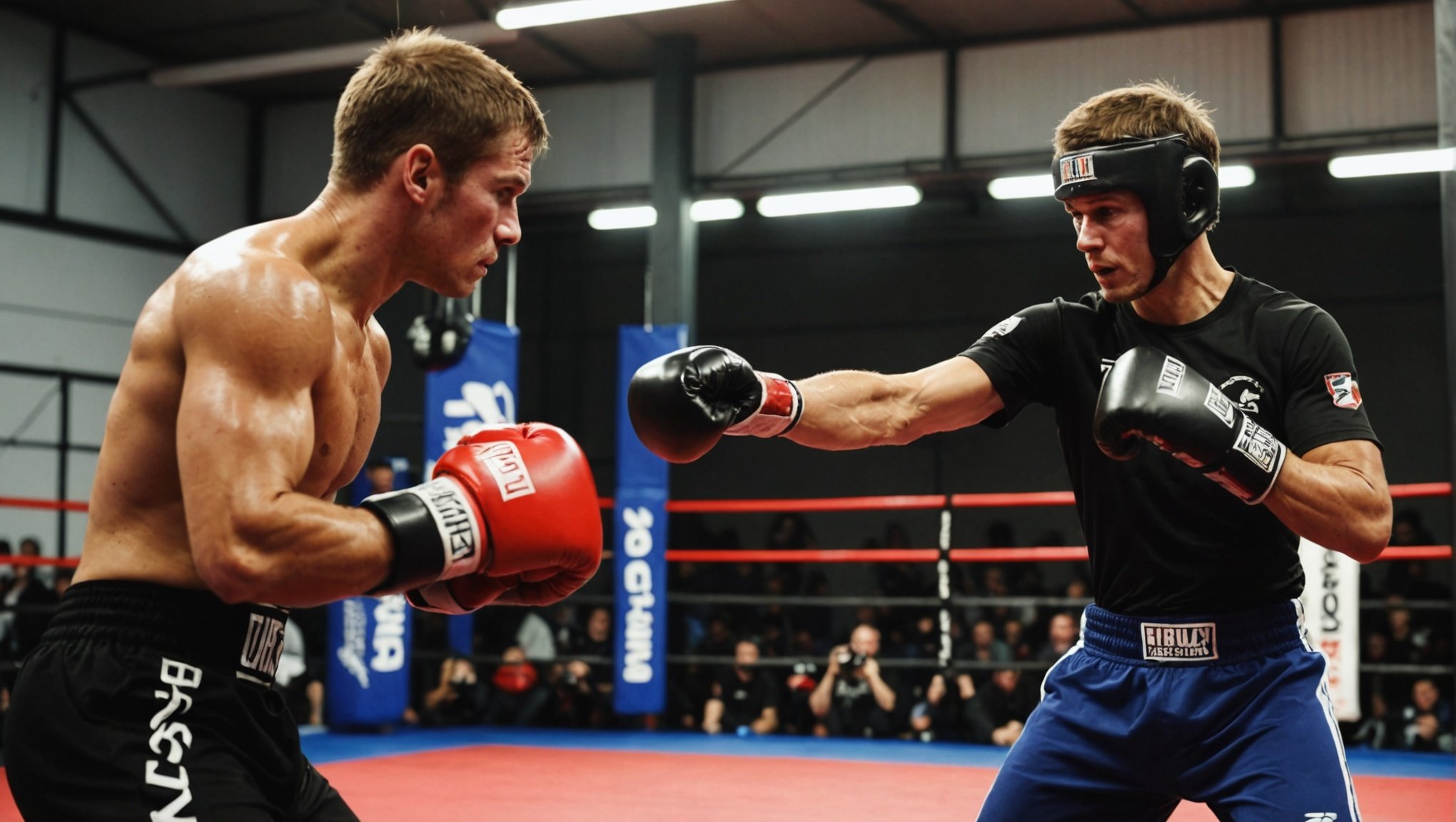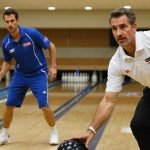Understanding Tactical Thinking in Kickboxing
Tactical thinking in kickboxing is a sophisticated element that separates seasoned fighters from novice participants. It involves strategic preparation that goes beyond physical prowess, incorporating detailed combat analysis to anticipate opponents’ moves.
While brute strength might win a round, strategic preparation is crucial for sustained success in the ring. Effective fighters employ tactical thinking to assess not just their own abilities but also their opponents’. They analyse past performances, study fight styles, and identify weaknesses that they can exploit. The emphasis is on outthinking opponents rather than outfighting them, demonstrating the importance of strategy over mere physicality.
Also read : Unlocking Peak Performance: Boosting Joint Mobility for UK Combat Sports Athletes
Consider the approach of elite kickboxers like Giorgio Petrosyan, known for his ability to dissect an opponent’s defence with precision. His victories often result from detailed combat analysis, identifying and exploiting even the slightest gaps in an opponent’s armour. It exemplifies how tactical thinking can tilt the scales in one’s favour, highlighting the genius behind calculated fighting strategies.
In summary, incorporating tactical thinking into kickboxing enhances a fighter’s arsenal. It shifts the focus from raw power to a more cerebral engagement with the sport, allowing for more strategic preparation and execution within the ring.
This might interest you : Enhancing Defensive Skills: The Role of Biomechanics in UK Fighters” Training
Techniques to Enhance Tactical Thinking
Improving tactical thinking in kickboxing involves understanding various strategies and refining both cognitive training and decision-making skills. This section delves into specific drills and techniques to fine-tune a kickboxer’s tactical aptitude.
Cognitive Drills for Kickboxers
Incorporating situational awareness exercises is crucial for kickboxers to enhance their reaction times and anticipate opponents’ moves. Regularly practising these drills can improve one’s ability to read a fight effectively. Next, reaction time improvement drills are fundamental. They can include exercises like focus mitt drills or shadowboxing with unexpected changes to hone quick reactions. Finally, visualization techniques for fight scenarios help athletes mentally prepare for different situations in the ring, improving their readiness and strategic execution.
Developing Strategic Decision-Making
Gaining an edge over opponents requires strong strategic decision-making skills. Analyzing opponents’ tactics through match replays can help fighters anticipate moves and craft a personalized approach. Developing fight plans based on opponent styles is another fundamental aspect, where kickboxers prepare with strategies tailored for each opponent. Moreover, in-fight adjustments and adaptability are vital, allowing fighters to think on their feet and respond effectively to unexpected developments during a match.
Training Routines to Improve Match Performance
Crafting effective training routines is essential for athletes aiming to enhance their match performance. These routines include diverse practice drills and targeted conditioning exercises designed to fine-tune skills and elevate physical fitness.
Structured Sparring Sessions
Incorporating variety in sparring is crucial. Training with partners who mimic different opponent styles prepares athletes for any challenge. Engaging in role-playing scenarios helps fighters adapt quickly to shifting dynamics in a match. By focusing on specific tactical goals during sparring, practitioners can hone skills crucial for victory. This targeted approach to sparring fosters adaptability and tactical thinking.
Conditioning for Tactical Efficiency
To stay competitive, endurance is key. Lengthy matches demand superior stamina, making endurance-building exercises pivotal. Strength training tailored to kickboxing maneuvers increases striking power and defensive resilience. Agility drills enhance an athlete’s ability to move swiftly, improving defensive maneuvers and enhancing reaction times during matches.
Integrative Training Approaches
Combining physical and tactical elements offers a comprehensive approach to training. Partner drills simulate real match scenarios, providing practical experience. Cross-training with other martial arts not only diversifies skills but also offers broader insights into movement and strategy. These integrative methods ensure well-rounded development, crucial for success in competitive settings.
Learning from the Best: Analysis of Successful UK Kickboxers
Exploring the world of UK kickboxing, we find a fascinating tapestry of fighter analysis and motivational success stories. Each of these athletes brings a unique flair to the ring, with their tactical styles serving as blueprints for both aspiring and seasoned fighters alike. Let’s delve into a few standout profiles.
Understanding the indispensability of strategic play, top fighters like Liam Harrison and Michael Page employ tactics that exploit their strengths while adapting to opponents. Harrison, known for his devastating low kicks and aggressive stance, highlights the importance of dominating space and controlling the rhythm of a match. In contrast, Page often adopts a fluid, evasive style, focusing on precision and timing to outmaneuver challengers.
Lessons from these success stories emphasize the evolution of training regimens over time. Adaptability in practice sessions is key, with fighters continually honing their skills, experimenting with new techniques, and incorporating cross-training to maintain peak performance levels. Their adaptability underscores the critical lesson of evolving with the sport and its demands.
These tactics in action illustrate the potential for growth and success. Anchor your progress in foundational techniques while remaining open to change, and the path to kickboxing excellence becomes a tangible journey.
Adapting Strategies for Different Opponents
Navigating the complexities of opponent analysis is crucial for success in competitive environments. The essence of adaptive strategies lies in the ability to tailor one’s approach based on a comprehensive understanding of the rival’s strengths and weaknesses.
Identifying Opponent Weaknesses
Advanced techniques for scouting opponents are paramount. Observing past performances and analyzing play patterns can effectively highlight weaknesses. This information becomes invaluable when designing tactical variations aimed at exploiting these vulnerabilities. For instance, if an opponent displays a tendency to falter under pressure, strategies can be adjusted to apply sustained intensity.
Creating Dynamic Match Strategies
Flexibility in tactics proves indispensable, particularly during unexpected changes in a match. Adapting on the fly can transform the outcome of a contest; for example, strategic alterations in response to an opponent’s adjustments can lead to victory. Post-match analysis serves as a critical tool for crafting future strategies, allowing for reflection and refinement of adaptive measures.
Building a Support System with Coaches
The role of a coach extends beyond game-day guidance, heavily influencing strategic development. Through regular feedback and mentorship, coaches empower players to evolve their tactical acumen. Effective collaboration with teammates further enhances tactical insights, fostering a holistic approach to competitive preparation and execution.













